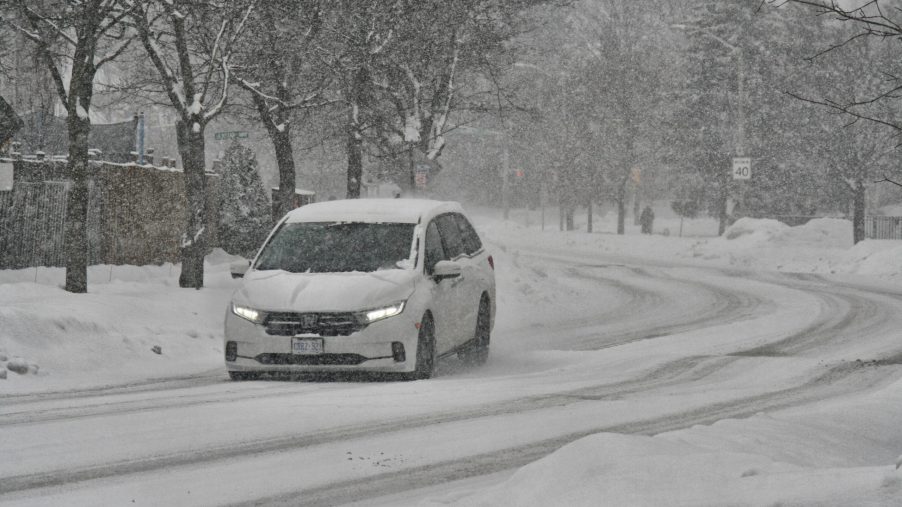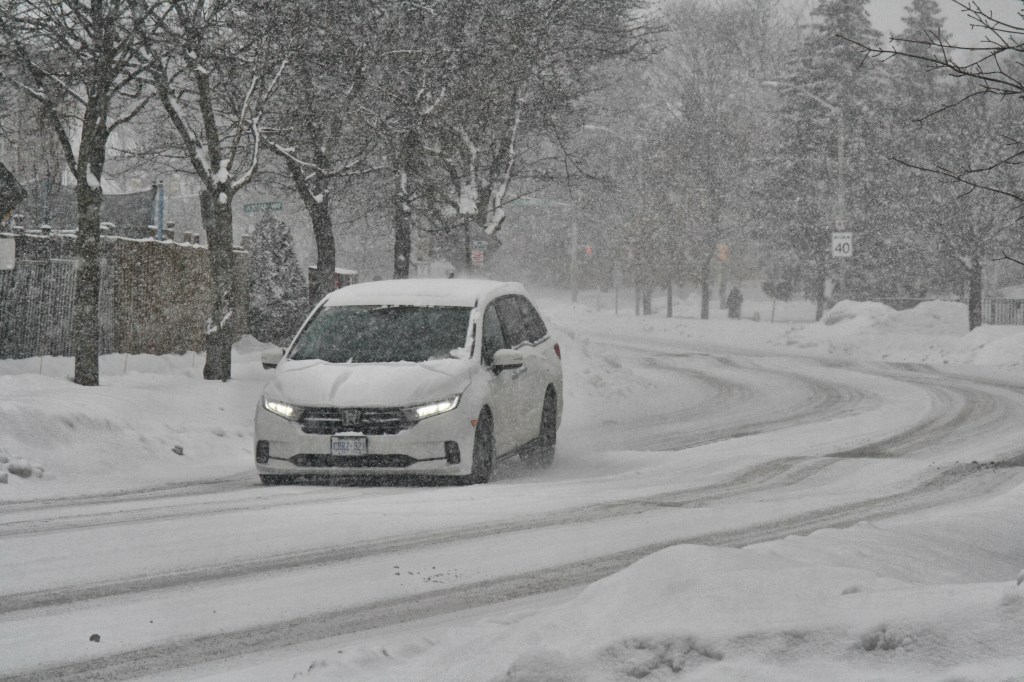
3 Things That May Need to Be Replaced on Your Car Before Winter
Driving in snow, ice, and slush requires extra care and an eye toward car safety. It also requires a car in optimal condition to face all the challenges winter road conditions can throw at it. Do you know what’s involved in winterizing your vehicle and preparing for winter driving?

What could need changing before colder weather arrives
One important component to consider is winter wiper. The blades do a much better job keeping the windshield free of snow and ice if they are not worn from the bugs from summer and spring, resulting in better visibility when wintery weather arrives
Another component are the hood latches and hinges. Road salt spray does a number on the hood latch sitting right behind the grille, the hood hinges, and springs. A corroded hood latch or hinge that seizes up will prevent you from accessing the engine compartment. Soak them with a few good spritzes of lithium grease. Then open and close the hood several times to let the spray get worked into them well.
If the latch, hinges, or springs are badly corroded, you should replace them and lube them. While you’ve got the spray out, pay some attention to your door locks, window tracks, and weatherstripping, too.
The proper coolant level is essential as well for keeping your car’s engine from overheating in the summer or freezing in the winter. An inexpensive tester will let you keep an eye on the coolant levels to ensure they can handle winter’s chill.
Since coolant also contains additives that protect your car’s entire cooling system, it’s a good idea to have your radiator flushed and coolant changed. It’s a lot cheaper than replacing the water pump, radiator, or heater core because of an underperforming coolant.
Parts of the car you should check routinly, especially during winter
According to Family Handyman, checking your tire tread should be at the top of your list to best prepare your car for winter driving. Trying to slide by with low tread is dangerous since it decreases traction, which increases the distance needed to stop. Most states will let you get by with just a 2/32-inch tread depth. However, the car safety difference between an “acceptable” 2/32-inch tread depth and a more secure 4/32-inch is pretty dramatic.
It is essential to check your tire pressure at least once a month. As the air inside your tires gets colder, it condenses enough to reduce your tire pressure. This makes the car harder to handle, reduces traction, worsens fuel economy, and causes the tires to wear more quickly. Use an inexpensive tire pressure gauge to check the pressure on all four tires. Keep them at the pressure recommended by the manufacturer, which you’ll find inside your car’s manual.
Another important part to check is the car battery. All car batteries fail at some point. Don’t let yours fail in the depths of a winter storm. Many auto parts stores offer free battery tests, or you can invest in a computerized battery tester of your own.
While you’re at it, check for corrosion on the battery posts and terminals. It can keep the battery from fully charging and make your car harder to start. Cleaning the battery posts and terminals and testing the battery are all part of a good car battery maintenance program.
Assemble a winter survival kit and some things you’ll need
A good winter survival kit is essential for anyone driving in snow or icy conditions. It should include items like a folding shovel to help get out of a snowdrift, plus items to keep you safe and warm while you wait for rescue during a blizzard. Don’t forget to include a DIY car heating kit to keep frostbite at bay.


